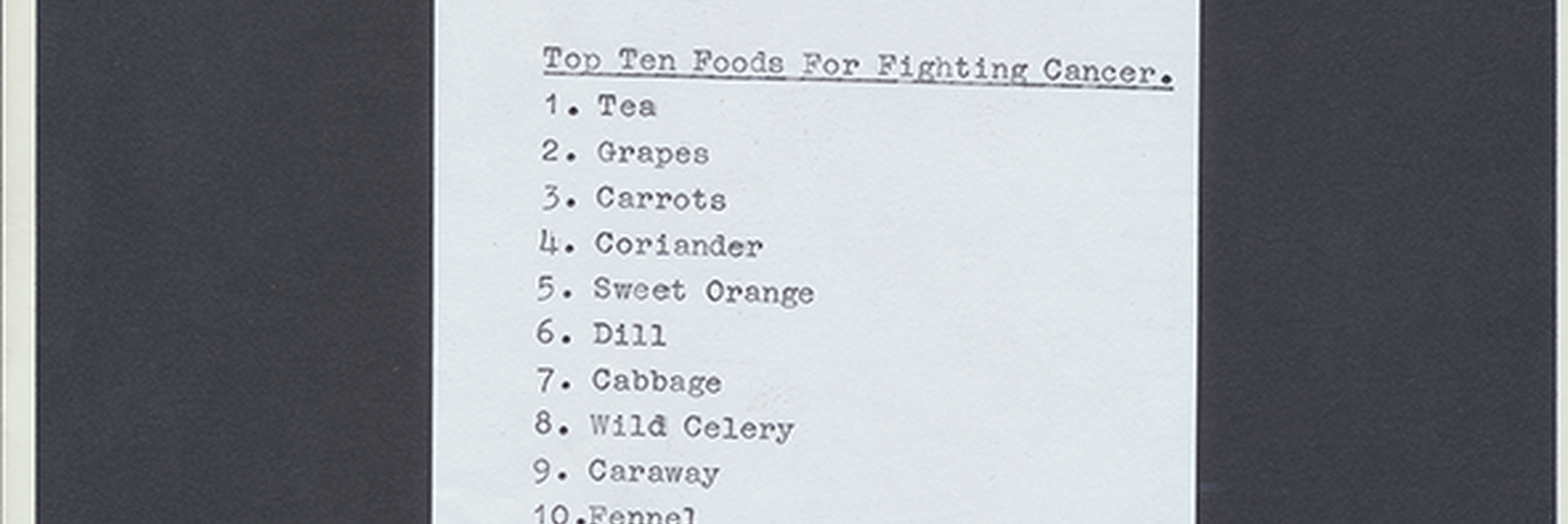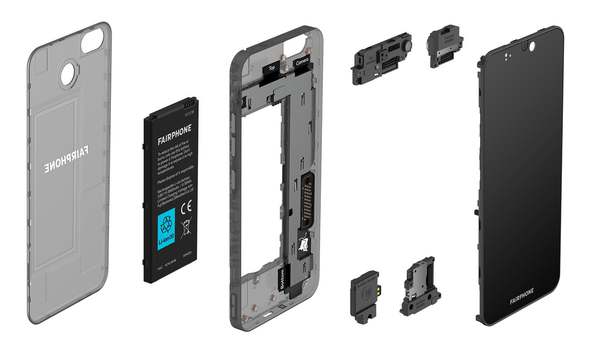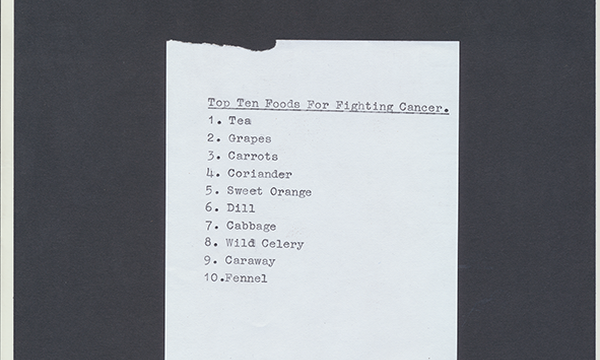
Fight Cancer With Your Smartphone
This article is from the CW Journal archive.
Stop reading this article and go and download the DreamLab app. Lives depend on it. If you are on an Android phone, go to www.bit.ly/androiddream; if you are on an iPhone, use www.bit.ly/vodadream; if
INSTALL THE APP AND DO GOOD
The DreamLab App is well thought through, with an expectation that it will run while you are asleep, assuming it has Wi-Fi access. You don’t have to be on Vodafone, but mobile data traffic for the app is free if you are. It runs when you charge the device. You can set it to either start processing when the phone is fully charged, or get on with looking for a cure for cancer right away and then charge more slowly. If the phone gets warm the app will stop. processing.
you are reading this on a PC or Mac, go and get your phone, install the app and then read on. Done it? Good. OK, let me explain why this matters. The software, from Imperial College London, does number crunching for cancer research.
I met with Dr Kirill Veselkov and Professor Michael Bronstein, who explained their team’s work, which has been published in the journal Scientific Reports. You can read their paper at www.bit.ly/Veselkov. It shows how number crunching can identify both cancer-beating molecules in food, and new therapeutic uses of existing drugs.1] Their research looks at the physical interactions, known as interactomes, between molecules in the cell, which are usually proteins, but can be DNA, lipids or carbohydrates. The DreamLab software maps the interactions and looks for combinations akin to known cancer cures.
Research predicts that 30 per cent to 40 per cent of cancers can be prevented by diet and lifestyle. It’s the job of DreamLab to work out which foods contain the molecules that are most efficacious in reducing the chance of a cancer developing. You are what you eat, but chemical interactions between the thousands of bioactive molecules we swallow and the process of digestion makes mapping this ferociously difficult.
Working out what fits together and how this it is similar to those of other processes can be done well by computers, but there are so many millions of interactomes to be mapped against one another that this is a problem of massive computing. That’s further exacerbated in a search for cancer-busting solutions, because you are not looking for a single interaction but a series of them.
CANCER BEATERS - ADDING GRAPES TO YOUR SHOPPING LIST IS A SMART MOVE
The data-processing solution came in the form of Imperial’s project, called Drug Repositioning Using Grids of Smartphones (DRUGS). The mobile app builds a network-based machine-learning platform to identify likely food-based cancer-beating molecules, by matching their biological commonality with clinically approved anti-cancer therapies.
The software used in the project then employs algorithms to simulate the molecules’ actions in the body, based on known networks of genes and proteins, explains Bronstein.
As a test, the software was used to see if it could predict the efficacy of already known anti-cancer drugs based on simulated interactions. It could, with an accuracy of 84–90 per cent. A database of 7,962 known bioactive molecules, when crunched by DreamLab, predicted 110 cancer-beating molecules (defined by an anti-cancer drug likeness threshold of more than
70 per cent) with expected capacity comparable to that of clinically approved anti-cancer drugs. The Imperial team could then construct a ‘food map’ with anti-cancer potential of each ingredient defined by the number of cancer-beating molecules found therein.
It’s impossible to overstate the amount of data there is to process, something way beyond the ability of a supercomputer. Veselkov described it as “like using a bike to explore the galaxy”.
The team also looked at prescription medicines and predicted potential new uses for existing medicines against cancer networks. The two drugs that show promise are the anti-diabetes medication Metformin, and Rosoxacin, which was one of the first antibiotics and is little used today. Desk research found that people on Metformin were statistically less likely to be diagnosed with cancer.[2] It’s a very important validation of the technique, because just getting people to take in the right bioactive molecules by, perhaps, drinking more tea doesn’t show how effective the research is.
The work is world-beating. It’s part of Vodafone’s corporate social responsibility programme, and is funded by the Vodafone Foundation, which has a track record of transforming the lives of some of the world’s poorest people. The need to transform health-care is essential, so if you have read this far and you haven’t installed the app on your phone please do so now…
|
GET INVOLVED WITH THE CW JOURNAL & OTHER CW ACTIVITIES |
- Kirill Veselkov, et al. HyperFoods: Machine intelligent mapping of cancer-beating molecules in foods. Scientific Reports (2019) DOI: https://doi.org/10.1038/s41598-019-45349-y [2] Chan, A. T. Metformin for cancer prevention: a reason for optimism. Lancet Oncol. 17, 407–409, https://doi.org/10.1016/S1470-2045(16)00006-1
Simon Rockman bridges writing about technology and implementing it. As the editor of UK5G Innovation Briefing he visits many of the 5G applications. As Chief of Staff at Telet Research he works with a team installing 5G networks in not-spots. An experienced technology writer, he was the editor of Personal Computer World in the late 1980s and went on to found What Mobile magazine which he ran for ten years, and has reviewed over 300 handsets. As the mobile correspondent for The Register, he championed CW writing a number of articles supporting the organisation. He has also had senior roles in telecoms having been the Creative Experience Director at Motorola where he looked at new uses for mobile and Head of Requirements at Sony Ericsson where we worked on innovative devices at entry level. He was the Head of the Mobile Money Information Exchange at the GSMA and has launched Fuss Free Phones an MVNO aimed at older users











